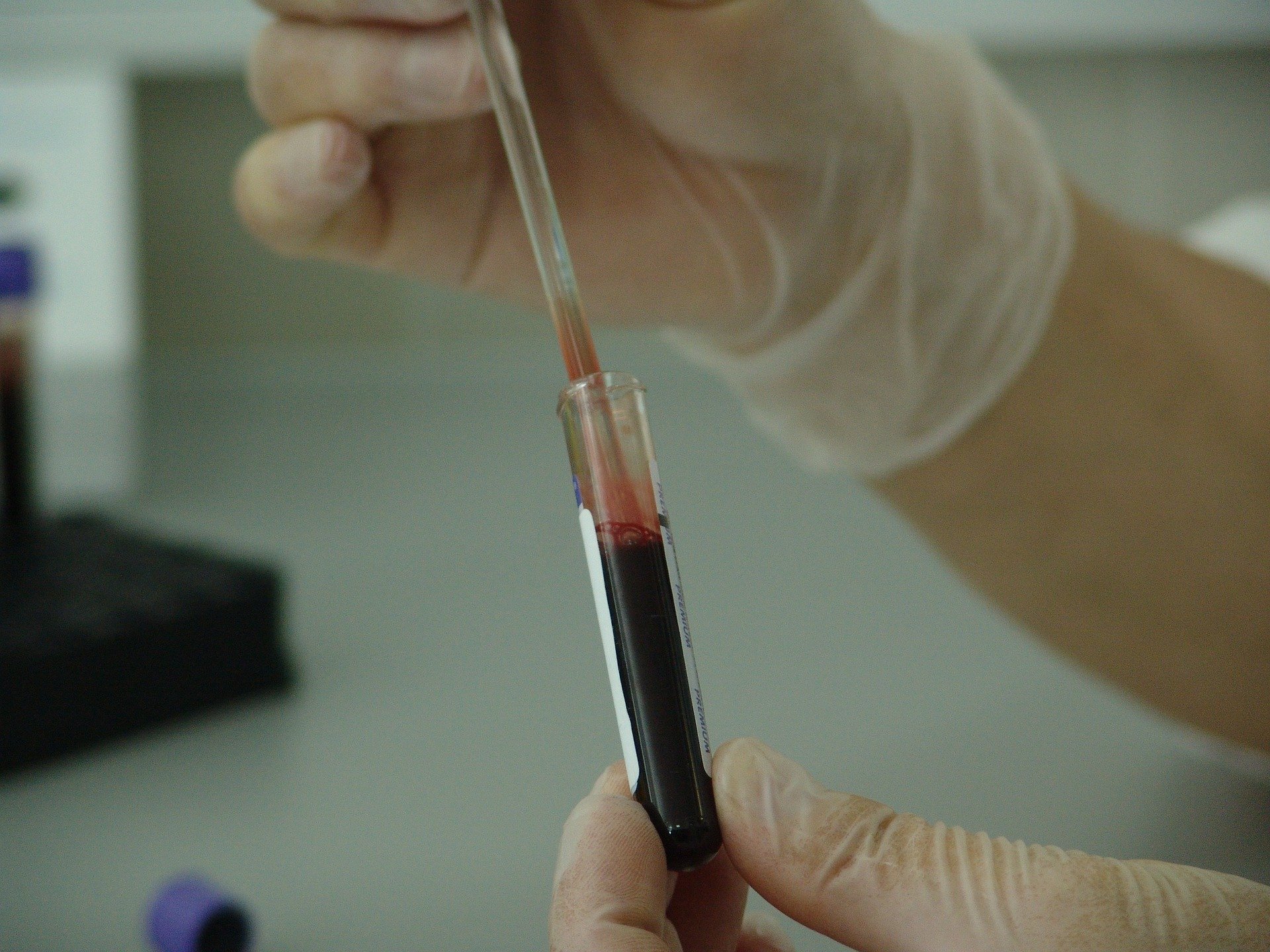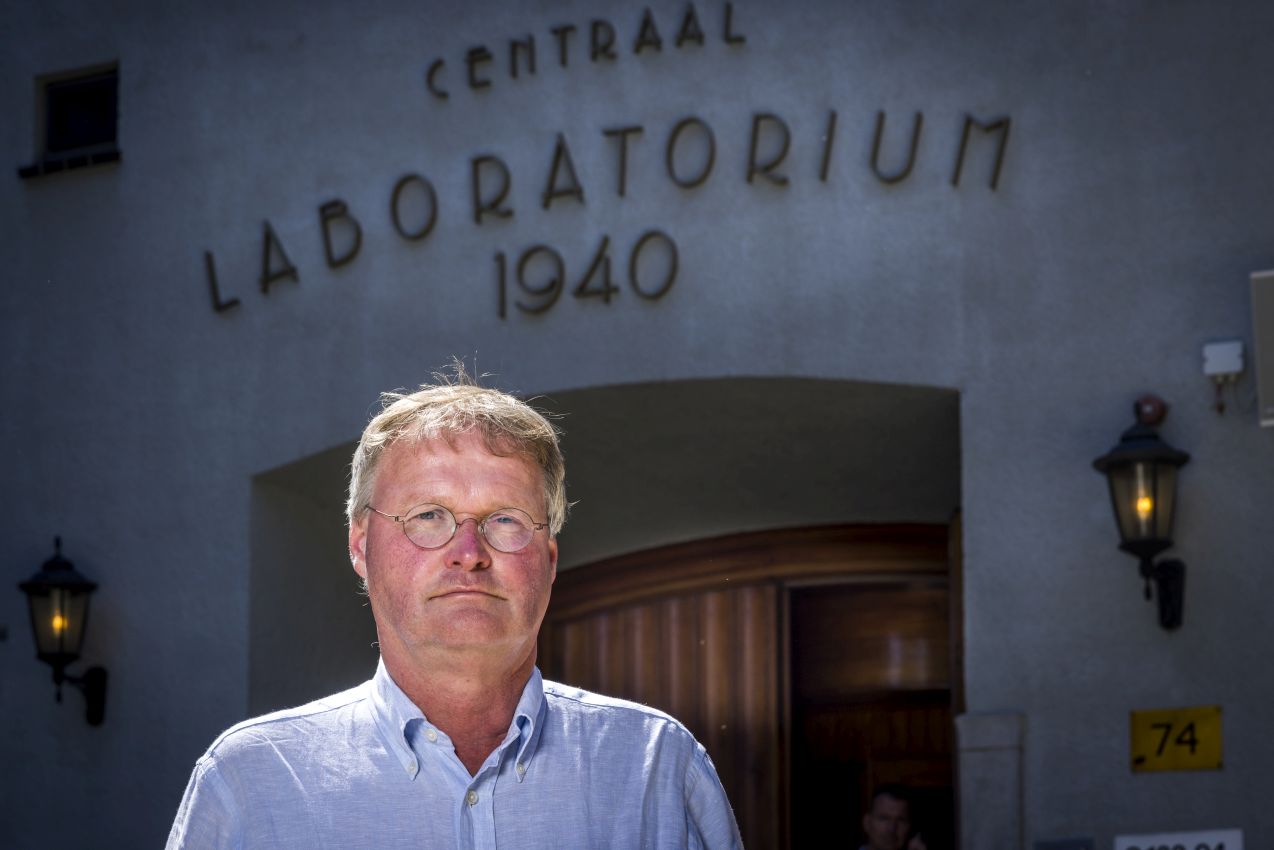
A blood test could predict risk of developing leukaemia in the elderly population years in advance by identifying changes in blood cell production, according to new research – writes the University of Glasgow in a press release.
By identifying those most at risk it should be possible to provide preventive or early treatment in the future to improve patient outcomes, experts say.
Leukaemia is often the result of the disruption to the fine balance in blood cell production where new cells are manufactured and old blood cells die. As we age, mutations in blood stem cells can mean that the altered cells can have a growth benefit over other blood cells and outnumber them in what is referred to as fitness advantage.
Tracking mutation
Researchers from the Universities of Edinburgh and Glasgow investigated how changes in fitness advantage that occur in blood production might provide clues to risk of developing leukemia depending on the type of mutation that occurs.
Dr Tamir Chandra, a chancellor’s fellow at the MRC Human Genetics Unit in Edinburgh, said: ”We measured changes in the blood samples of 83 older individuals of the Lothian Birth Cohorts, taken every three years over a 12-year period. Using the combined knowledge of mathematicians, biologists and genome scientists, we set out to understand what these changes mean for our risk of developing leukemia as we grow older.”
The Lothian Birth Cohorts 1921 and 1936 are longitudinal studies of brain, cognitive and general ageing which have followed up individuals every 3 years between the ages of 70 and 82 for the 1921 cohort and the ages of 79 to 92 for 1936.
The team then combined these complex genomic data with a machine-learning algorithm to link different mutations with different growth speeds of blood stem cells carrying these mutations.

Forecasting cell mutation
It was found that specific mutations give distinct fitness advantages to stem cells measured in people without leukaemia – this can then be used to forecast how quickly the mutated cells will grow, which determines leukaemia risk.
The team say that further research is needed to validate these results in a larger population due to the limited sample size in the current study.
Dr Kristina Kirschner, co-lead author and Senior Lecturer at University of Glasgow’s Institute of Cancer Sciences, said: “In knowing an individual patient’s risk of developing leukemia, clinicians can schedule shorter gaps between appointments in those most likely to develop the disease and provide early treatment, which is more likely to be successful”.
Dr Linus Schumacher, co-lead author and Chancellor’s Fellow at the Centre for Regenerative Medicine of the University of Edinburgh, said: “To understand leukemia risk, we need to consider the balance between the different cells involved in blood cell production and how this balance changes as we grow older. By linking genomic data with machine learning we have been able to predict the future behaviour of blood cells based on the mutations they develop.”
Selected for you!
Innovation Origins is the European platform for innovation news. In addition to the many reports from our own editors in 15 European countries, we select the most important press releases from reliable sources. This way you can stay up to date on what is happening in the world of innovation. Are you or do you know an organization that should not be missing from our list of selected sources? Then report to our editorial team.
